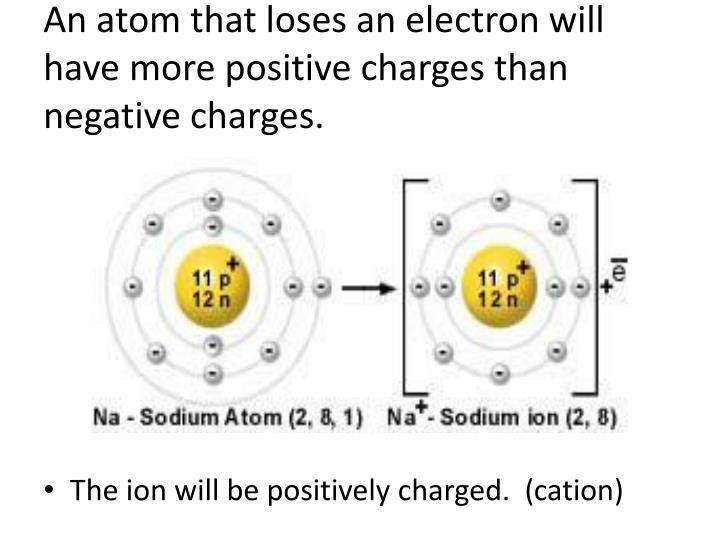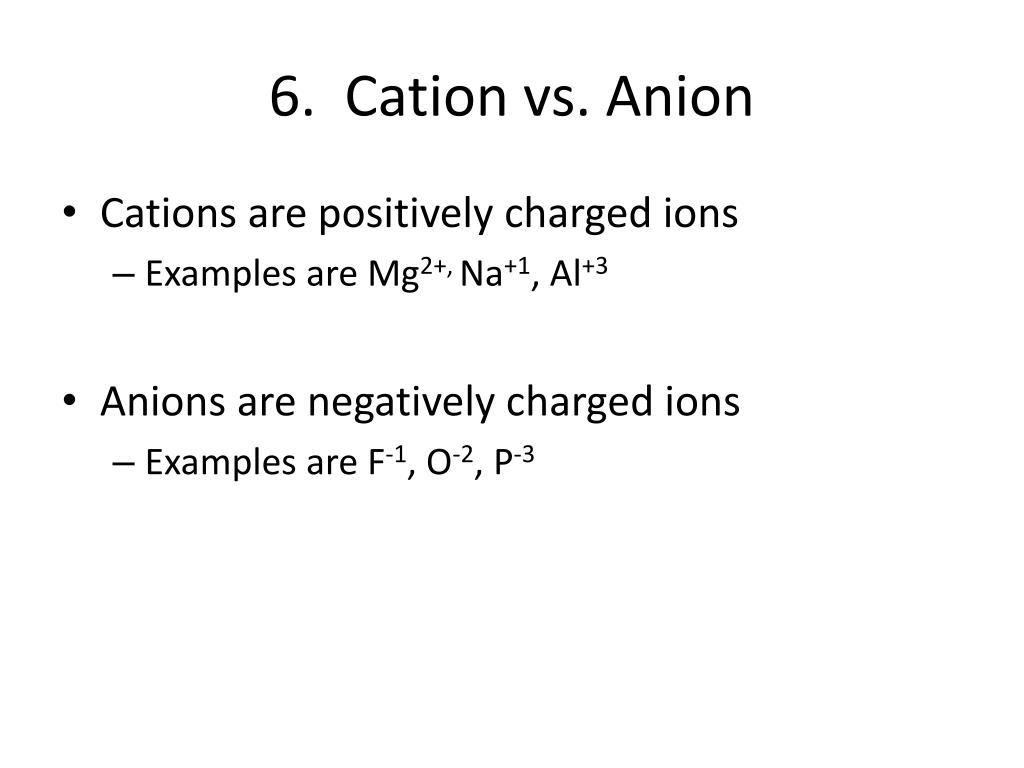

Whenever an atom has full shells, we say it is "happy." Let's look at chlorine (Cl). When you lose that electron, you will you’ll have full shells. You need to find another element that will take that electron away from you. What do you do if you are a sodium (Na) atom? You have eleven electrons - one too many to have an entire shell filled. When you have an extra electron or two, you have a negative charge. When you are missing an electron or two, you have a positive charge. Ions are atoms with extra electrons or missing electrons. That means an atom with a neutral charge is one where the number of electrons is equal to the atomic number. A normal atom has a neutral charge with equal numbers of positive and negative particles. The atomic number of an element, also called a proton number, tells you the number of protons or positive particles in an atom. The zinc anode also acts as the battery’s container in zinc-carbon batteries so as it oxidizes during use, the contents can start to leak over time.We've talked about ions before. In single use, dry cell batteries, zinc is commonly used as the anode whilst manganese dioxide is a popular choice for the electrolyte cathode. As this ionic substance reacts with the electrodes it generates electrical current. In between the electrodes is an electrolyte liquid or gel that contains charged particles – ions.

Batteries have two electrodes made of conductive material, the cathode which is the positive end where the electrical current leaves/electrons enter, and the anode where the electrical current enters/ electrons leave. Ionic properties are central to the function of batteries too. Ion-exchange chromatography for example relies on the affinity of the molecules being separated for the stationary phase based on their charge properties to enable separation. Ionic properties can be exploited by chemists for a range of purposes. One example is hydrogen, which may gain (H -) or lose (H +) an electron, forming hydride compounds such as ZnH 2 (where it is an anion) and hydron compounds such as H 2O (where it is a cation).Įlements in group 18 of the periodic table – the “noble gases”, tend not to form ions due to the arrangement of their electrons which makes them generally unreactive. However, some elements are capable of forming both cations and anions given the right conditions. iron, silver, nickel), whilst most other nonmetals typically form anions (e.g. Halogens always form anions, alkali metals and alkaline earth metals always form cations. It can be possible to predict whether an atom will form a cation or an anion based on its position on the periodic table. Examples include calcium chloride (CaCl 2), potassium iodide (KI) and magnesium oxide (MgO). These oppositely charged ions then attract one other to form ionic bonds and produce ionic compounds with no overall net charge.


Therefore, when atoms from a metallic and a nonmetallic element combine, the nonmetallic atoms tend to draw one or more electrons away from the metallic atoms to form ions. Conversely, most nonmetallic atoms attract electrons more strongly than metallic atoms, and so gain electrons to form anions. Consequently, they tend to lose electrons and form cations. Metallic atoms hold some of their electrons relatively loosely. Sodium (Na +), Iron (Fe 2+), Ammonium (NH 4 +)Ĭhloride (Cl -), Bromide (Br -), Sulfate (SO 4 2-) The main differences between cations and anions are summarized in the table below.


 0 kommentar(er)
0 kommentar(er)
